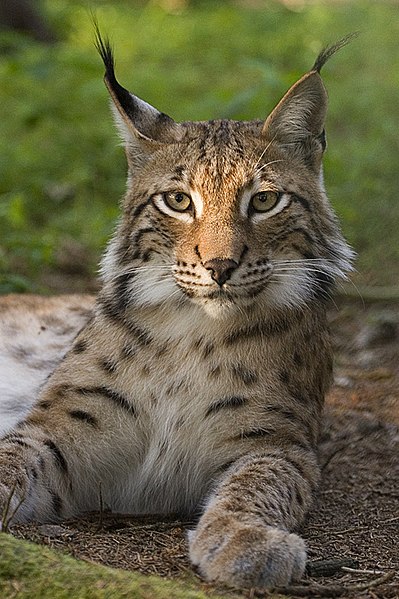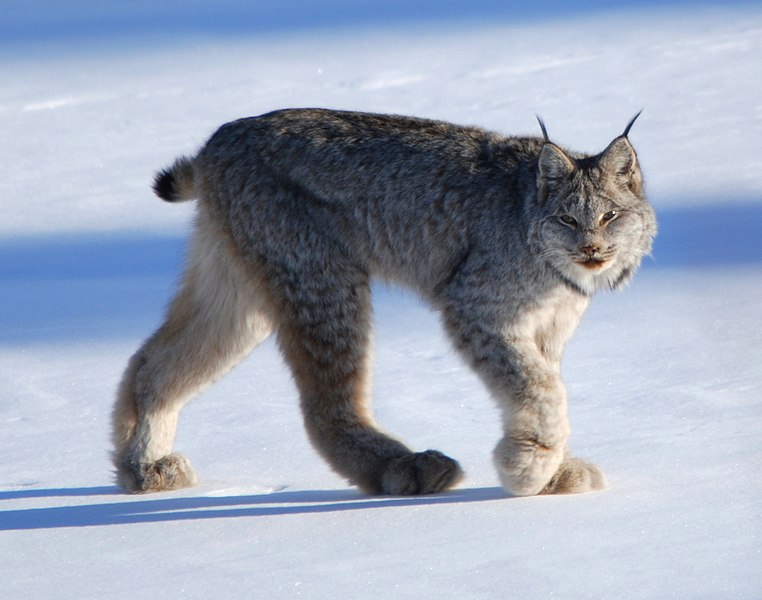TDawg
Well-known member
And breeding!
Not such a surprise, but cool nonetheless!
Not such a surprise, but cool nonetheless!

One way to distinguish them is lynx have tufts of black hair on the tips of their ears.The size and color suggest lynx rather than bobcat, but I cannot be 100% sure.

Sometimes you cannot make a positive ID.Sorry Doug, it did not roll over, purr and wait for a belly rubIt was bigger than a bobcat and it did not appear to be canine or ursine.
In such cases, people often seem to be biased toward rare, exotic, or potentially threatening species...

I hate to tell you all this, but those of you who think lynx have ear tufts and bobcats do not are not quite correct. Bobcats absolutely have them, though they are often less obvious. In fact, one of the cats shown in this thread and referred to as a lynx is almost certainly a bobcat. I freely admit I have only seen bobcat in the wild, but I feel certain that I can identify them by photo with all of my training.
Enter your email address to join: